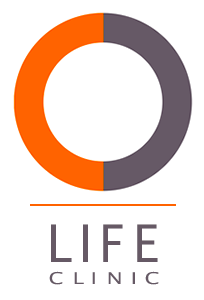What is laser assisted hatching (LAH)?
This technique involves thinning or making a small opening in the outer shell of the embryo before replacing it into the uterus. It is thought that this procedure may help the embryo to ‘hatch’ out of its shell and improve the likelihood of implantation within the lining of the uterus.
Assisted Hatching may be recommended for some patients where the outer shell of the eggs appears to be thicker or for couples who have had failed IVF/ ICSI treatment cycles despite having produced healthy embryos.
The most frequent point of failure of fertility treatment is after the embryo has been transferred into the uterus for implantation. It is suggested that one possible cause is the inability of the transferred embryos to hatch. (Even after natural conception the embryo must hatch from its outer coating in order to implant and achieve pregnancy). It is thought that in cases of hatching failure, Assisted Hatching may be beneficial.
The outer coat of the embryo (zona pellucida) has several important functions in fertilisation. It regulates fertilisation by allowing only one sperm to penetrate the egg. It also protects the embryo during the early stages of development from attack by cells of the immune system and it helps to prevent premature implantation in the Fallopian tube.
There are 2 methods of Assisted Hatching: Chemical Assisted Hatching where an acid solution is used to produce a weakened area of the outer coat, or Laser Assisted Hatching where the outer coat is drilled by a micro-laser to produce a tiny incision.
At LIFE CLINIC we offer this option to every patient who needs it free of charge.



